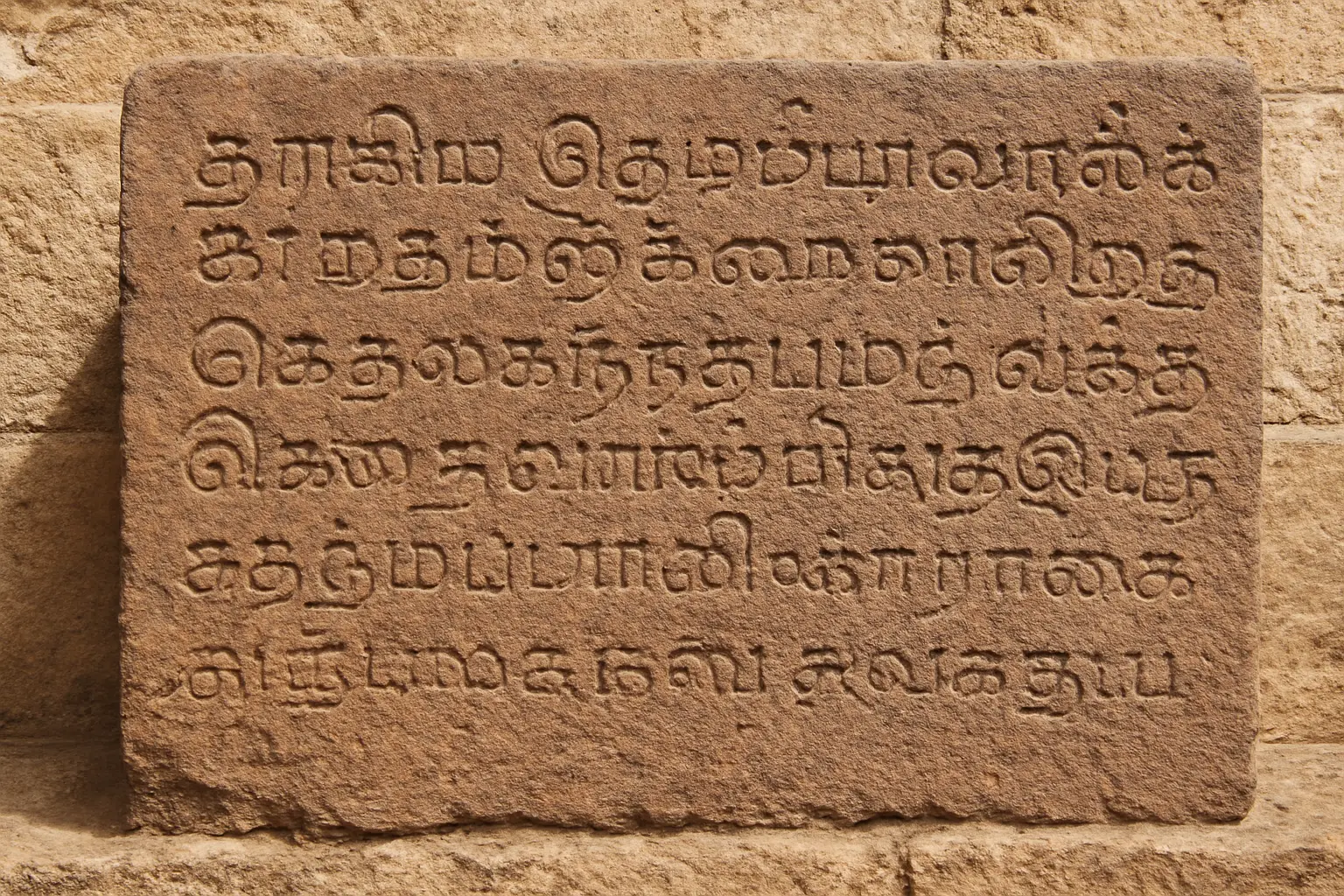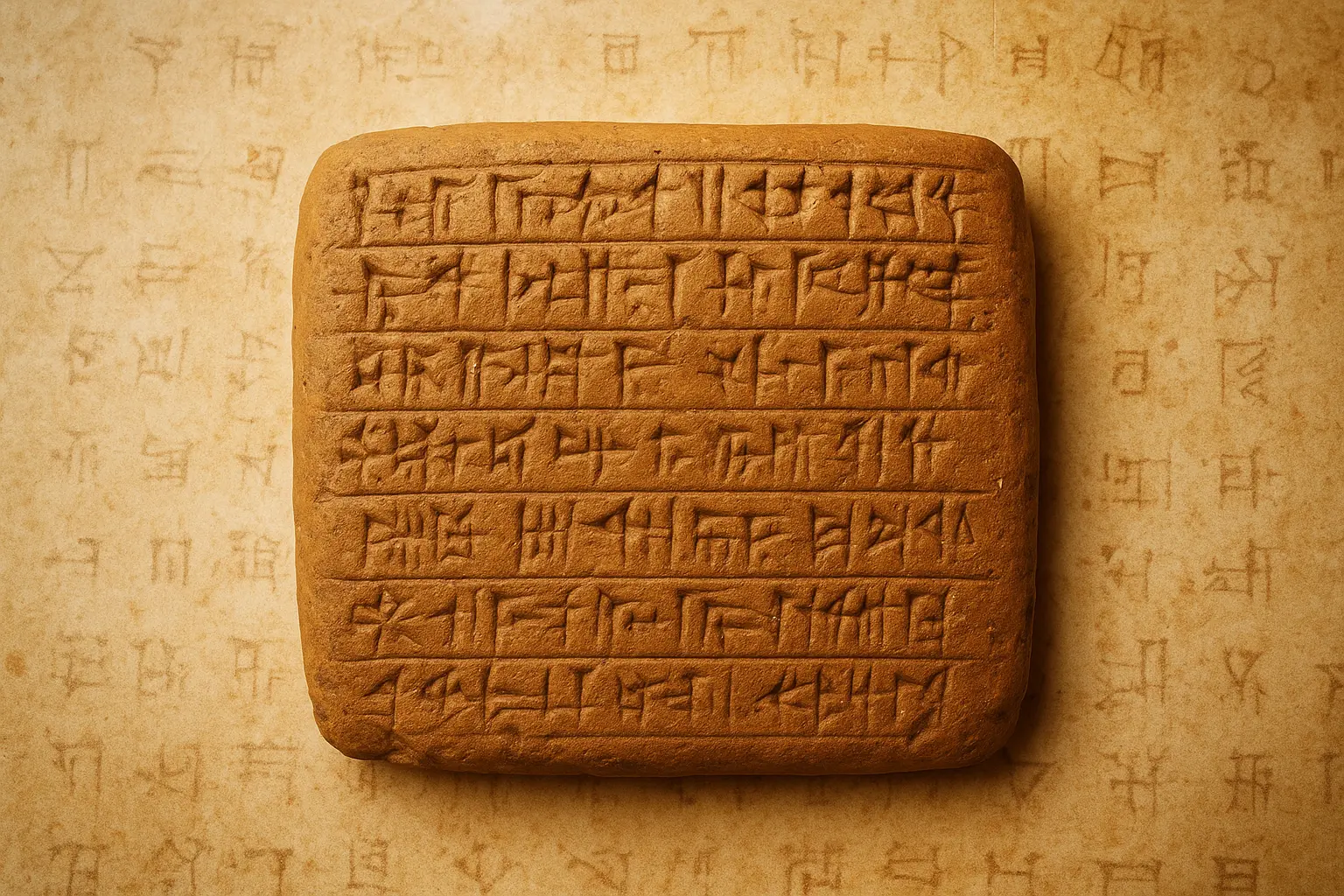Introduction
New findings from linguists, archaeologists, and epigraphists have intensified the long standing argument that Tamil is among the oldest surviving languages in human history. Researchers point to ancient inscriptions, early literary works, and continuous cultural usage as indicators that Tamil holds a chronological position older than many well known classical languages. The latest studies contribute significant clarity to long running debates regarding the origins of Dravidian languages and their relationship to early human settlements in South Asia.
Historical Foundations of Tamil
Tamil belongs to the Dravidian language family. It has maintained uninterrupted literary production for more than two thousand years. Early Tamil culture developed complex social, political, and artistic structures long before the rise of several major world civilizations.
Key historical factors include
- Presence of Tamil inscriptions that date back to the early first millennium BCE
- Evidence of trade routes connecting Tamil speaking regions with Rome, Egypt, Arabia, and Southeast Asia
- Continuity of spoken and written forms without large temporal gaps
- Preservation of Sangam literature that documents early society, geography, and governance
These elements offer a strong foundation for identifying Tamil as one of the most ancient linguistic systems still in active use today.
Archaeological Evidence Supporting Tamil Antiquity
Recent excavations at sites such as Keezhadi, Porunai, Adichanallur, and Kodumanal have strengthened claims regarding the antiquity of Tamil civilization. Radiocarbon analysis from these sites pushes Tamil cultural development farther back into the prehistoric era.
Major discoveries
- Pottery with engraved symbols that resemble proto Tamil markings
- Urban layouts with drainage systems and metal workshops
- Burial sites containing relics that indicate settled communities with advanced craftsmanship
- Artefacts revealing trade relations between southern India and distant regions
Archaeologists argue that these findings align with early Dravidian settlements, suggesting that Tamil evolved within a complex and organized society rather than emerging from isolated tribal groups.
Linguistic Evidence and Comparative Studies
Linguists studying the structure of Tamil point to features that indicate deep chronological roots. Tamil grammar in its classical form exhibits structural similarities with proto Dravidian languages, many of which are believed to predate Indo European linguistic expansion.
Core linguistic indicators
- Strong preservation of original phonetic patterns
- Minimal borrowing in classical Tamil when compared with other ancient languages
- Morphological systems that mirror early Dravidian frameworks
- Lexical patterns that appear in prehistoric cultural contexts
Comparative studies between Tamil and other early languages such as Sanskrit, Greek, and Latin demonstrate that Tamil retains features that may be older than several Indo European language branches.
Sangam Literature as Historical Evidence
Sangam texts represent one of the most significant sources in ancient world literature. These works describe landscapes, governance systems, warfare strategies, maritime trade, and emotional human experiences. Their linguistic style indicates a mature literary culture rather than an emerging one.
What Sangam literature reveals
- References to well established kingdoms and trading ports
- Descriptions of agriculture, irrigation, and early engineering practices
- Clear documentation of social ethics and behavioural norms
- High levels of poetic sophistication
Scholars interpret these characteristics as evidence that Tamil reached an advanced stage of development long before the composition of these texts.
Global Recognition of Tamil’s Antiquity
International linguistic bodies increasingly acknowledge Tamil as one of the oldest continuously used languages. UNESCO and global academic institutions highlight Tamil’s historical resilience and uninterrupted cultural relevance.
Reasons for growing global attention
- Expanding Tamil diaspora preserving linguistic purity
- Increased publication of research on ancient South Indian civilizations
- Rising interest in Dravidian heritage studies
- Collaborations between global universities and Indian archaeological institutions
This recognition adds weight to ongoing academic discussions regarding the earliest phases of human linguistic evolution.
Cultural Continuity and Modern Relevance
Tamil has achieved what few ancient languages have accomplished. It remains vibrantly active in daily communication, education, government, cinema, literature, and global digital platforms.
Modern indicators of continuity
- Consistent production of contemporary Tamil literature
- Presence of Tamil media across Asia, Europe, and North America
- Strong preservation efforts within Tamil Nadu and Sri Lanka
- Inclusion of Tamil in global academic curricula
Such continuity provides additional evidence that Tamil has survived through vast historical changes while retaining its core identity.
Conclusion
The growing volume of archaeological, linguistic, and literary research reinforces the claim that Tamil predates many of the world’s known ancient languages. Its long standing cultural presence, rich literary tradition, and continuous evolution position it as a cornerstone of early human linguistic history. Scholars argue that ongoing excavations and future comparative linguistic studies will likely uncover even deeper evidence of Tamil’s ancient origins.






